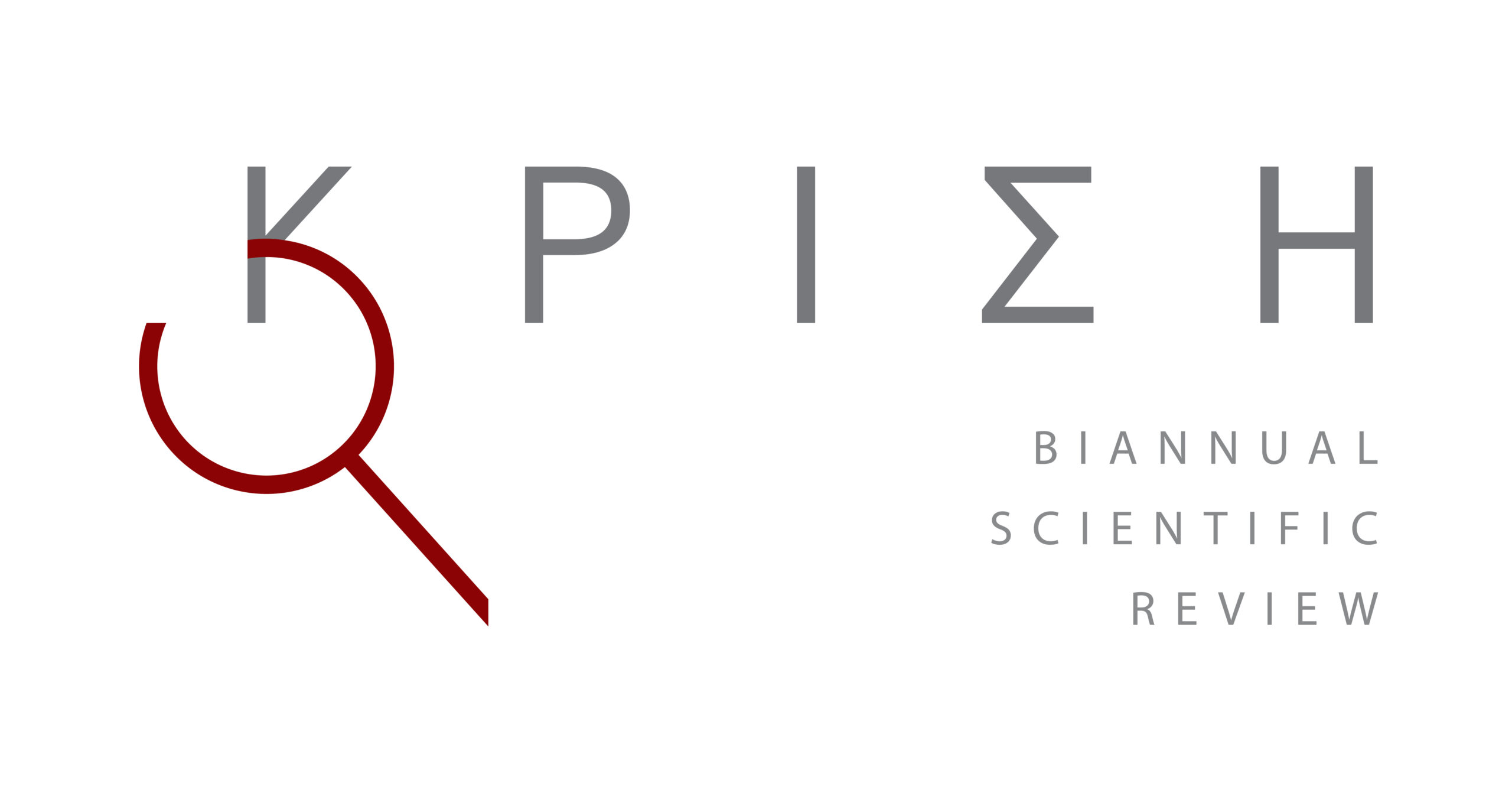This paper argues that the medium of drawing was at the crux of a series of West German pedagogical initiatives calling for radical educational reform across elementary and secondary education in the aftermath of the student protest movements of the late 1960s. What propelled the elevation of drawing into an exemplary pedagogical medium during this decade was not only the growing dissatisfaction with traditional art education, but more importantly the intensified inquiry into the proletariat, both as a conceptual and sociological category, an inquiry that in its turn pivoted on the historical experience of the German working class’s susceptibility to Nazi ideology. In the pages of the journal Ästhetik und Kommunikation: Beiträge zur politischen Erziehung [Aesthetics and Communication: Contributions to Political Education] we find a specific pedagogical approach to drawing that reclaims the original meaning of “appropriation” in the sense of a distinct way of relating to and being in the world, and retrieves the collective and radical underpinnings of historical memory. As such, Ästhetik und Kommunikation opens the way to a differential definition of the “copy”, one that is intimately linked to the mastering of the past and anchored to the tangible, sensory, class-specific reworking of contested images and signs.
*Anna-Maria Kanta is a Leverhulme Early Career fellow at the University of York. Her research, supported by the Leverhulme Trust, considers crucial transformations within the West German visual arts of the Cold War through the lens of communication.
